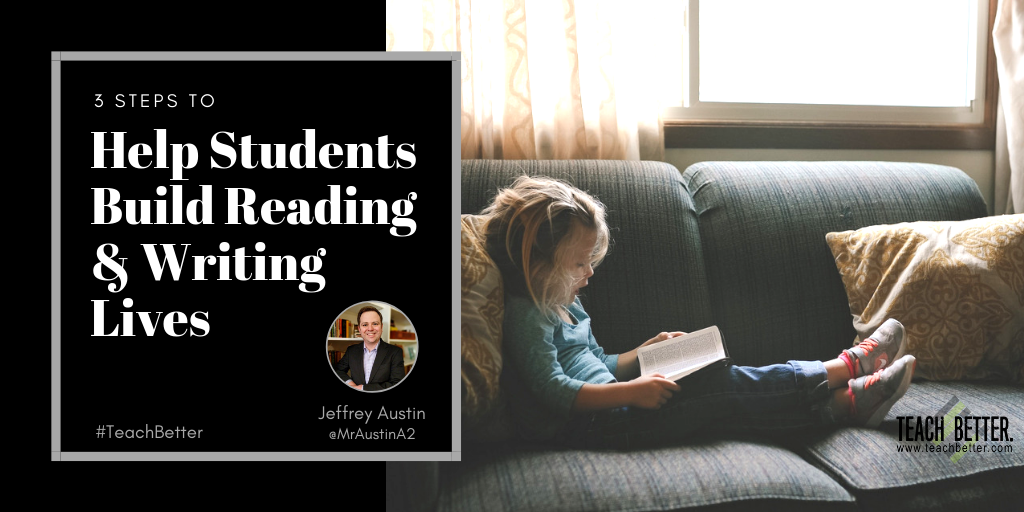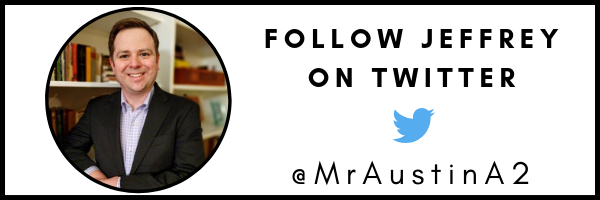Are your students reading and writing just for compliance?
In This Post:
- Too many students read and write simply because the rules say they have to. This should change.
- We need to transform schools: From students following rules that benefit adults, to students pursuing readerly and writerly lives.
- We need to create a space for open dialogue with our students.
- Redefining “rigor” and what grades mean, are both important steps in creating space in our schools for all students to have meaningful readerly and writerly lives.
In many schools, students spend much of their time reading and writing for compliance with grading systems, a school or district’s teacher evaluation system, or standardized test content. When compliance becomes the measure of teacher and student success, we shouldn’t be surprised when our teaching methods and students’ learning methods begin to follow suit.
We need to transform schools from spaces where students are made to follow readerly and writerly rules that mostly benefit adults, to spaces where students pursue, with our support, readerly and writerly lives.
Here are three steps you can take to move your classroom beyond reading and writing rules to start helping your students have reading and writing lives.
Step 1: Create Space for Open Dialogue
Students are very honest with me about their reading lives, and I appreciate it. They tell me when they didn’t have time to read, they let me know when they don’t understand something, and they’re quick to tell me when they took what they needed and left what they didn’t in one of our whole-group texts (and, sometimes, what they needed was to not read).
Their openness creates room for dialogue about their readerly lives and why and how we make these sorts of choices, which is always interesting and never subject to punishment. We need to trust our students to shape the learning environment and process in a way that works for them.
Most often students read—or go back and read—because they know our learning is moving somewhere; what we’re reading is connected to larger ideas and concepts. Students also know that concepts loop in our class, so while reading is important and encouraged, not reading every word of every page isn’t going to “cost” them.
It’s my practice to make space for every student to have great conversations and learn something important, regardless if they have read none, half, or all of an assigned text. Again, it’s important to focus on the abundant knowledge that students have and the skills they bring to the classroom, rather than focusing on what they can’t do yet or wouldn’t do on a given day.
We need to trust our students to shape the learning environment and process in a way that works for them. Click To TweetWhen writing, I trust my students to make choices about the content and form that work with their ideas and purpose, which necessitates me having writerly dialogues with them on a frequent basis. We talk about process, we wrestle with choices, and we kick around interesting ideas and connections, but, ultimately, they own their piece and they make decisions about what to include and exclude, which often includes personal experience.
When we demand certain content or require a form, we are limiting students’ ability to make meaning through writing by compelling them to tailor their thinking to our frameworks. If their thinking doesn’t fit into our structures, it needs to be changed or omitted or it could be considered “disorganized” or “invalid,” which might lead to them being marked down or labeled a “bad” writer in some spaces. These labels, once used, can have lasting effects that shut down student voices and shut them out of the writing process. Again, we should focus on celebrating abundance rather than highlighting scarcity.
Step 2: Redefine Rigor
In a recent conversation with a colleague, they revealed that they were reluctant to share their amazing choice reading practices with other staff because it didn’t seem rigorous enough. Another colleague was shocked to hear that there are spaces in my class where students can write literally whatever they want, in any form, and that I still consider the practice rigorous. Students are thinking deeply about a range of issues impacting them and their world, and I am developing key relationships with them by positioning them as the experts, reading their work, and talking more about it with them.
[scroll down to keep reading]
These conversations, along with many others, reveal that we need to shift our definition of rigor away from reading really long books that are assessed with really hard multiple-choice questions, or writing long rhetorical analysis essays to prepare for standardized tests.
Our role is to get students to use their funds of knowledge to imagine, explore, and maybe most of all, create. This new notion of rigor requires empowering learners to use their agency to seek their rigor and relevance in forms and content central to their interests and assets using inquiry, play, and reflection, and we have to trust our students—all of our students—to do the learning that they want to do.
When we redefine rigor, we can begin measure exceptionality by inclusion rather than by exception.
Step 3: Start Rethinking Grades
If we’re willing to redefine what we mean when we say “rigor,” we also need to better understand what grades mean, especially when they’re tied to literacy practices. Grades can be effective in modifying behaviors and compelling certain outcomes, but this can come to feel like policing rather than teaching. This raises questions about if students are really learning or just working for the score.
Moving away from grades requires us to trust that our students want to learn, which, unfortunately, is something of a radical notion. I’ve had several colleagues tell me this year that grades are the only reason that students learn, but this isn’t my belief. A reading quiz isn’t going to make a student crack open a book, and, on its own, a rubric isn’t going to stir a student’s imagination to write a mind-blowing science fiction story.
Passionate reading and imaginative writing won’t come from a number on a sheet of paper, but, instead, from a teacher who knows their students’ interests, dreams, and hopes well enough to recommend an incredible story and the extreme power of supportive mentorship to turn ideas into words on a page.
Our work isn’t about modifying our students’ behavior. It is about modifying our systems to accommodate our students and mentoring them toward lifelong learning…long after the grades are gone.
Final Thoughts
While making big changes in our approach to literacy may seem overwhelming, it is our individual and collective responsibility to make space in our schools and classrooms for all students to have meaningful readerly and writerly lives without having to forego their identities, lose their interests, or bury their funds of knowledge.
About Jeffrey Austin
Jeffrey Austin is the English Department Chair, World Humanities teacher, and Writing Center Director at Skyline High School in Ann Arbor, Michigan. Jeffrey serves on the boards of the International Writing Centers Association and the Secondary Schools Writing Center Association. He frequently presents on literacy and writing at regional and national conferences. Jeffrey was named the 2016 Commendable Teacher of the Year in Washtenaw County, and he was admitted to 2018 Innovative Educator Corps in the State of Michigan for his work closing achievement and opportunity gaps with the Skyline Writing Center.
Official Website: jeffreyaustin.org



